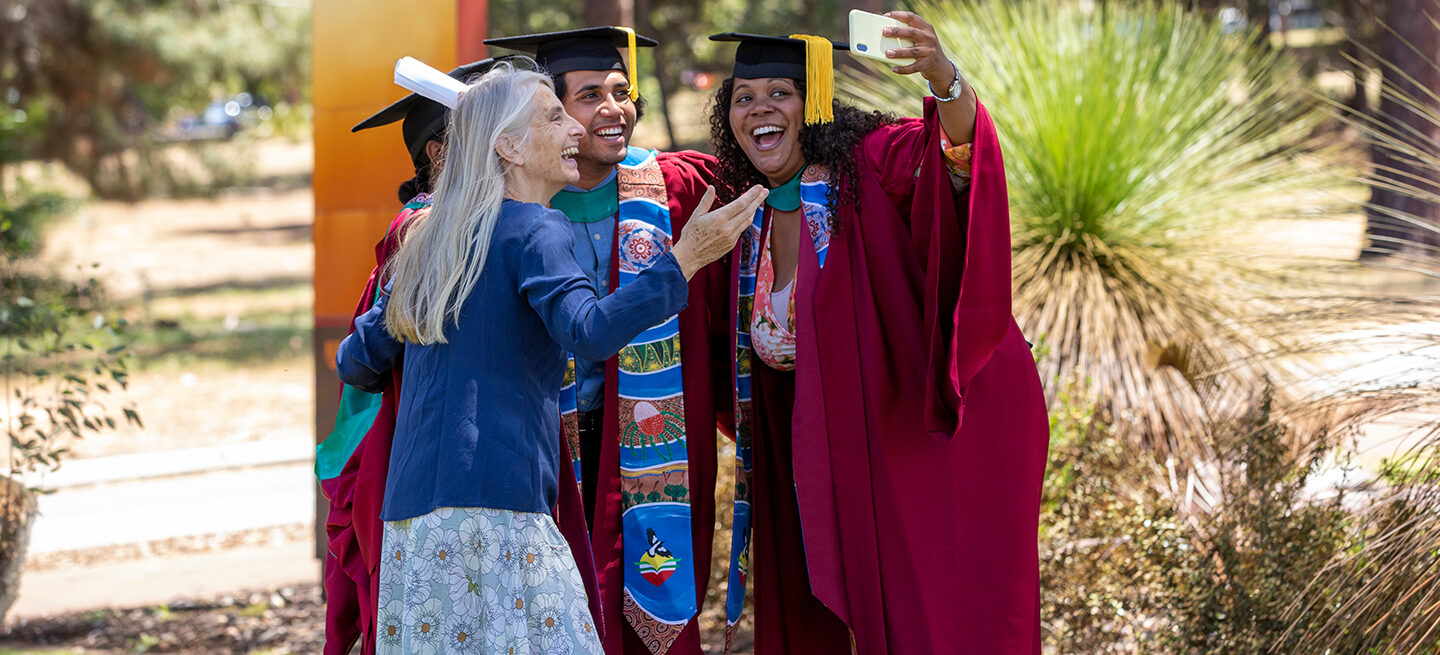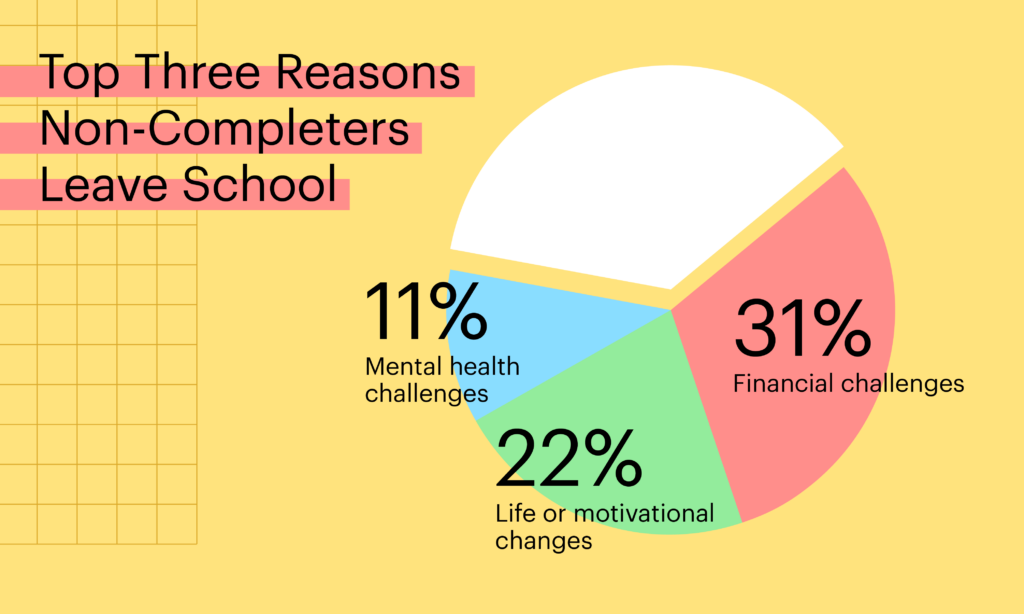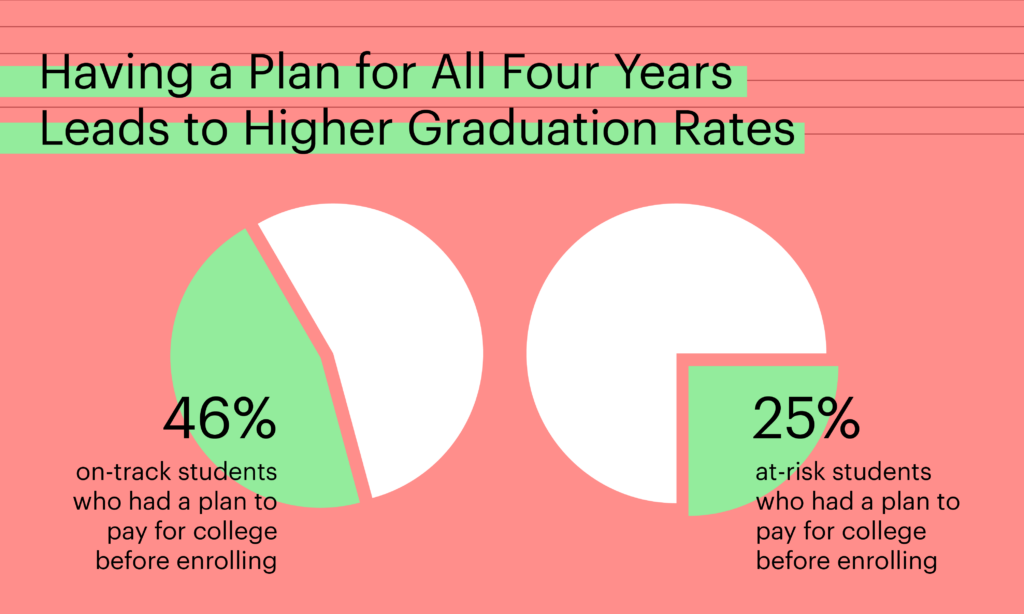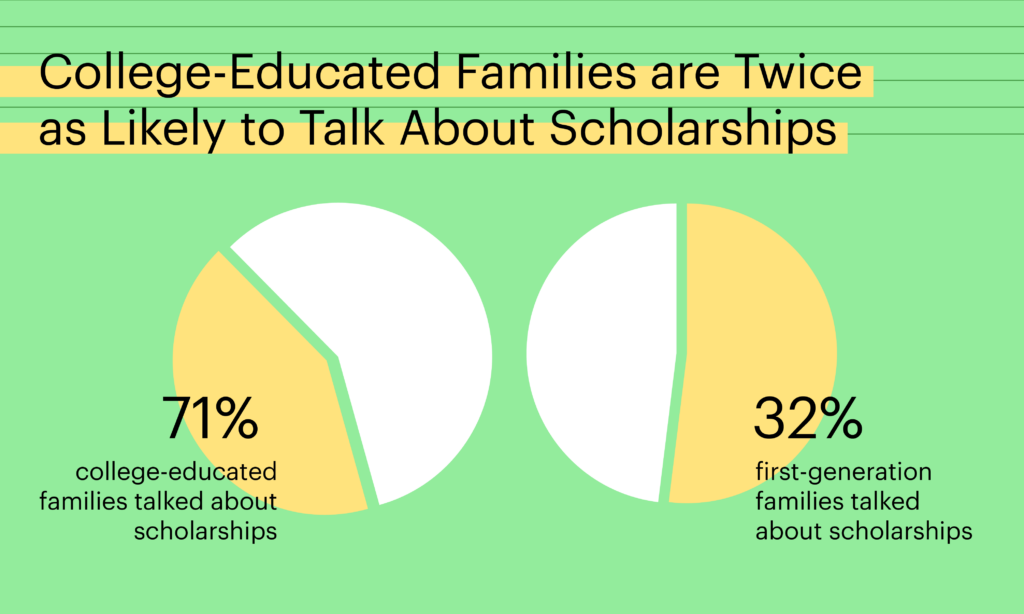Month: May 2024

05.22.2024
How Sallie Mae Prepares Students to Pay Back Their Loans
After years of studying and working hard, millions of college graduates across the nation are transitioning from college to the next chapter of their lives. This could mean new jobs, new cities, or new goals — a cause for celebration.
Even after students finish college, the learning doesn’t stop. Next on the syllabus is setting and maintaining a healthy budget, and for those who borrowed to pay for college (41% of students, according to our “How America Pays for College 2023” report), that budget will soon include paying back student loans.
To ensure students get started on the right track, Sallie Mae® works to remove the element of surprise from loan payments by initiating clear communication with students and cosigners while they’re in school and throughout the life of their loans. As a responsible private lender, we believe that transparency and clarity about how much students and families owe and when they need to pay back their loans is critical to helping them responsibly plan for higher education.
Staying up to date on student loan status
Students have very busy schedules, which is why we make it as easy as possible for them to stay up to date on the status of their loans. Students can create an online account or download the Sallie mobile app to get notifications of when their upcoming payments are due. They can even enroll in auto-debit to ensure their payments are always on time, which can also save them money by lowering their interest rate.
We also send students and their cosigners a loan summary each year they are in school, including interest accrued. This is especially important for customers who choose to defer payments on their loan during college, as it helps them keep track of what they’ve borrowed and what they owe. That said, roughly half of our customers choose to make a fixed payment or pay interest on their loans while in school, which can significantly lower the total cost of the loan.
Tools and tips for the six-month separation period
Sallie Mae private student loans come with a six-month separation or grace period for undergraduate programs that begins once a student leaves school, giving them time to find a job and get settled into post-college life. We let students know at the start of their grace period what their estimated payment amount will be and provide tips on when, where, and how to pay on time.
We also offer free tools to help students prepare for repayment, such as a monthly budget worksheet, which helps students create a budget to meet their financial goals and our student loan repayment calculator that gives students an estimate for their upcoming monthly payments.
At the end of the day, preparation is key to responsible financial planning. From the moment students take out a loan through the months post-graduation, we help students and families not only meet their loan payments, but make strides toward their financial goals.

05.06.2024
From Acceptance Letter to Degree: How America Completes College
While getting into college is no small feat, it’s getting the degree that will really help students achieve their dreams. But, as many students are realizing, graduation is not a given.
To better understand barriers to college completion and what helps students graduate, Sallie Mae and Ipsos released the latest research report How America Completes College 2024. The report also serves as a companion to How America Pays for College, the company’s annual research on how families plan and pay for higher education.
Surveyed:
1,029 adults (ages 18-30) currently enrolled in a two- or four-year program
427 adults (ages 18-30) who started two- to four-year programs but did not complete them
The study categorizes students into three distinct groups: those “on track” for graduation; those who have never contemplated leaving school; those “at risk” of leaving or facing dismissal; and “non-completers,” adults under the age of 30 who started college but left without obtaining a degree or completing their program.
Non-Completers
One in four current undergraduate students say they are at risk of non-completion, and 57% of students at risk of not completing come from low-income households.

At-Risk Students
73% of on-track students were always committed to attending college, compared to 44% of at-risk students. At-risk students are nearly three times more likely to have transferred schools compared to on-track students and are also more likely to come from diverse backgrounds.

Having a plan to pay for all four years of college before enrolling is linked to student graduation rates. See how Sallie Mae helps students plan for college. Students who know what degree or career path they want to pursue are more likely to stay in school.

There is a strong link between mental health and leaving college, and increased mental health challenges highlight the need for more support and resources for all students.

First-Generation Students
First-generation students are twice as likely (41%) to have seriously considered leaving college compared to students from families with college experience (18%). Although 88% of first-generation college students believe college is an investment in the future, they face significant barriers to college completion.

*compared to just one quarter (25%) of on-track students who are working while in school.

Students need support not only to access, but complete higher education. Especially for first-generation students and those from underserved communities, early college planning is critical. By developing programs and resources that support college completion, simplifying the college transfer process and expanding Pell Grants to apply to short-term training programs, policymakers, institutions and higher education stakeholders can help more students finish their degree.

